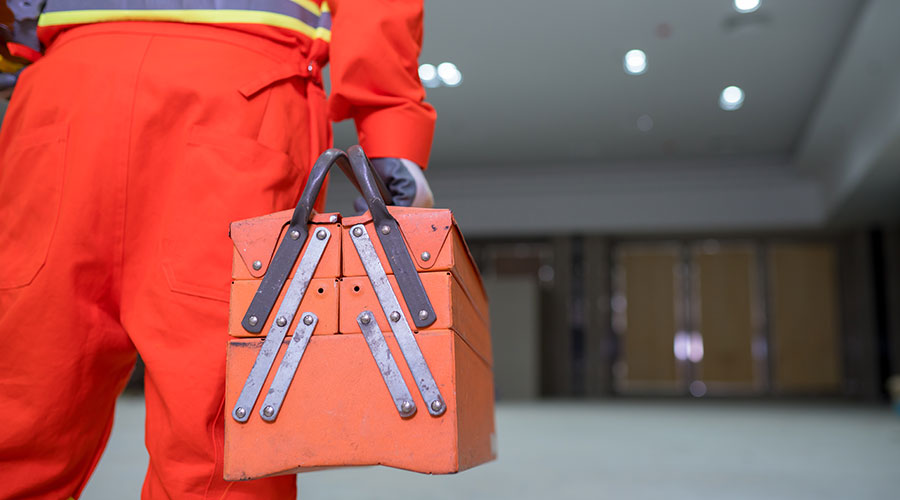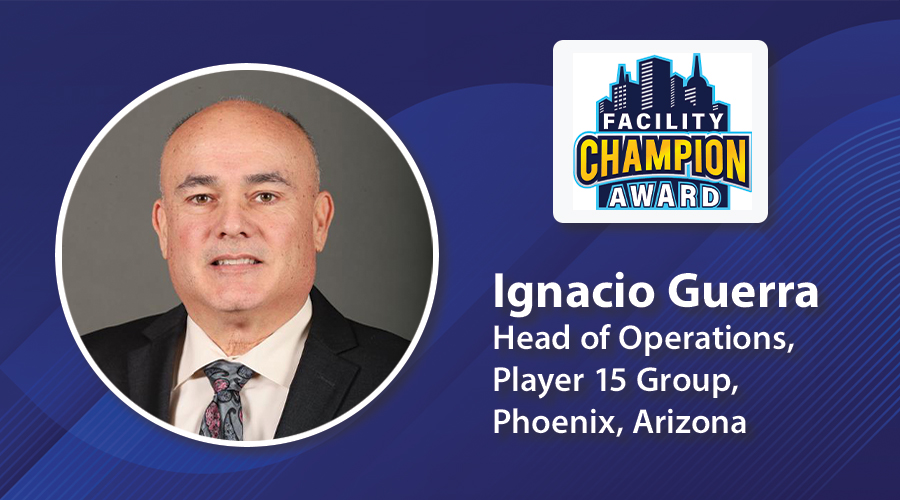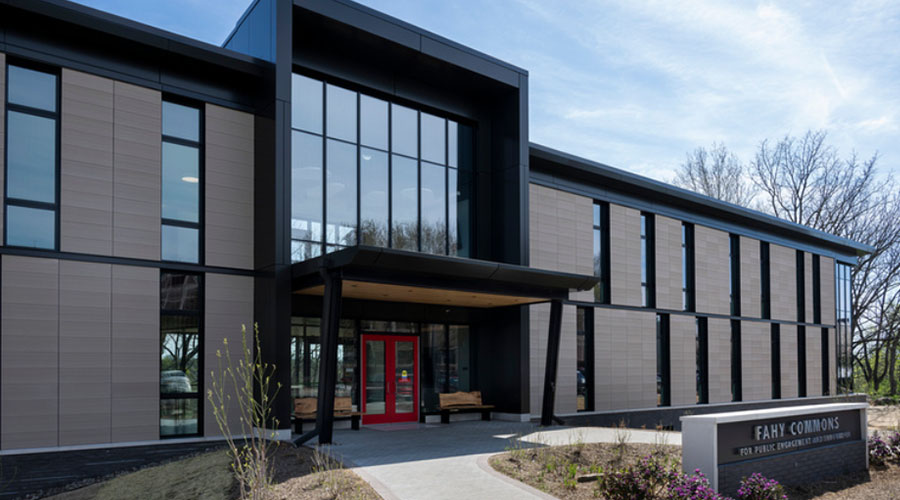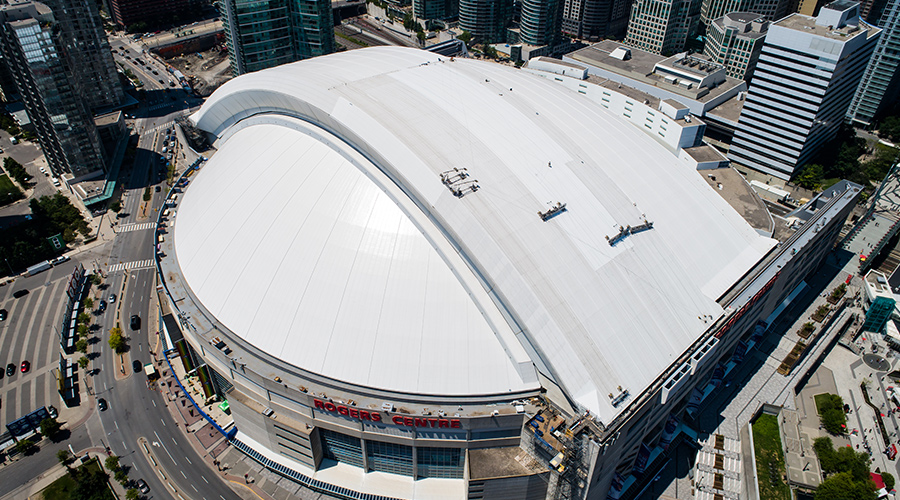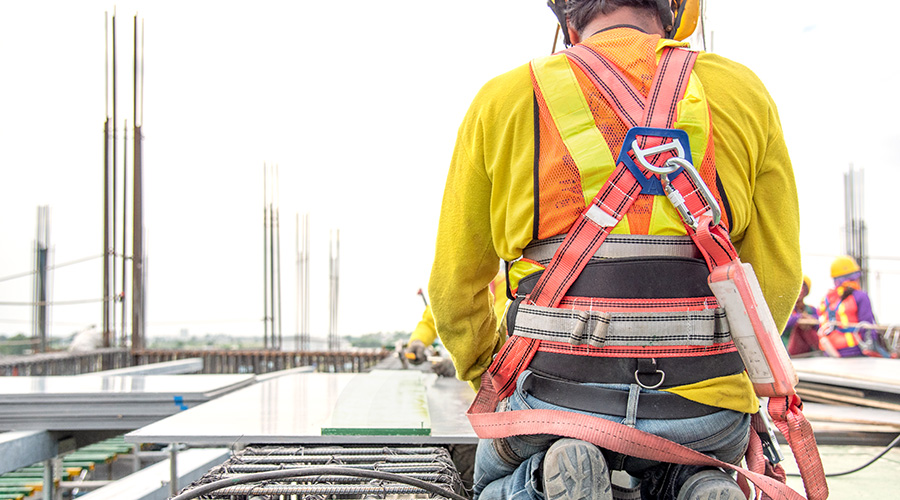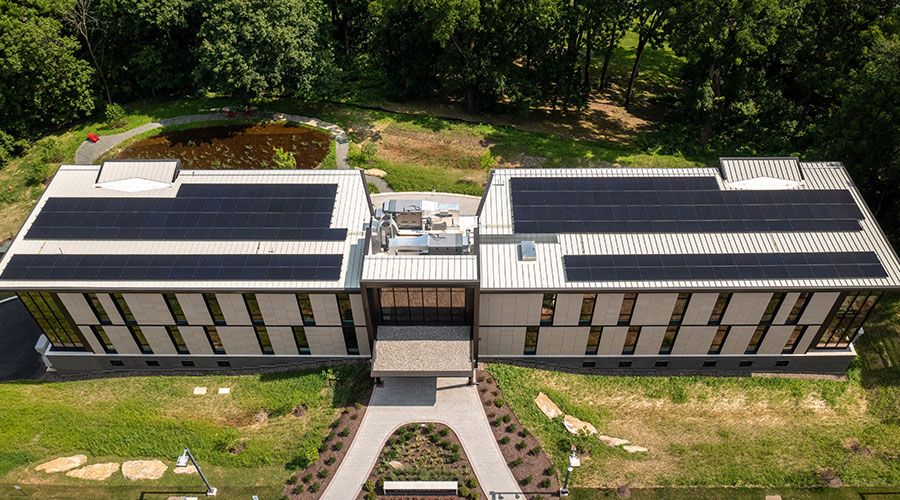Aging Infrastructure Can Drive Cool Roof Rebates
Another reason utilities may offer cool roof incentives is the ongoing struggle to keep up with demand and an aging infrastructure. For example, the Long Island Power Authority offers a 20 cents per square foot rebate in an effort to help keep up with the demand required. With the cost of a new power plant running in the billions, utilities can offer a lot in the way of incentives and still save money.
"Despite the fact that electricity demand is relatively flat (in Long Island), absent a reduction in demand, they're going to have to build another power plant," Goulding says. "They've come out and said, 'Please help us, we're going to really ramp up our utility offerings.' Two years ago, they gave out $6 million; last year $14 million; this year, their goal is $35 million because they have an intended purpose of trying to eliminate the need to build another power plant."
While incentives offered by some utilities and government bodies serve as a carrot to install cool roofs, there are also areas where the stick is employed. Under California's Title 24 energy code, for example, it's mandatory to choose a roof with a certain level of reflectivity and emissivity, as measured by the Cool Roof Rating Council (CRRC) rating system. Other localities or states also require roofs that meet or exceed specific CRRC ratings or Energy Star standards. In some cases, meeting LEED standards can lead to incentives from government agencies; in other cases, meeting LEED standards is required by the building code. For example, in Kansas City, Mo., any new city building larger than 5,000 square feet has to meet Gold certification of LEED-NC, while in Iowa, there's a statewide set of sustainable design standards that refers to LEED.
With benefits ranging from the top of the building to the bottom line, facility managers looking for a new roof can make a strong argument that cool roofs are the way to go. And when the benefits beyond the building itself are added in, they become an even more attractive option.
About the Cool Roof Rating Council
The Cool Roof Rating Council was created in 1998 to develop accurate and credible methods for evaluating and labeling the solar reflectance and thermal emittance (radiative properties) of roofing products and to disseminate the information to all interested parties.
At the core of the CRRC is its Product Rating Program, in which roofing manufacturers can label various roof surface products with radiative property values rated under a strict program administered by the CRRC. Code bodies, architects, building owners and specifiers can rely on the rating information provided in the CRRC Rated Products Directory.
The CRRC's diverse membership includes anyone who is interested in rating roof surface radiative properties and in the energy-efficiency of roofs, including roofing manufacturers, suppliers, and distributors, as well as roofing contractors, consultants, non-profit groups, government agencies, educational institutions, air quality boards, code bodies, energy service companies and other interested individuals.
For more information, visit the CRRC website at coolroofs.org. |
Related Topics:






